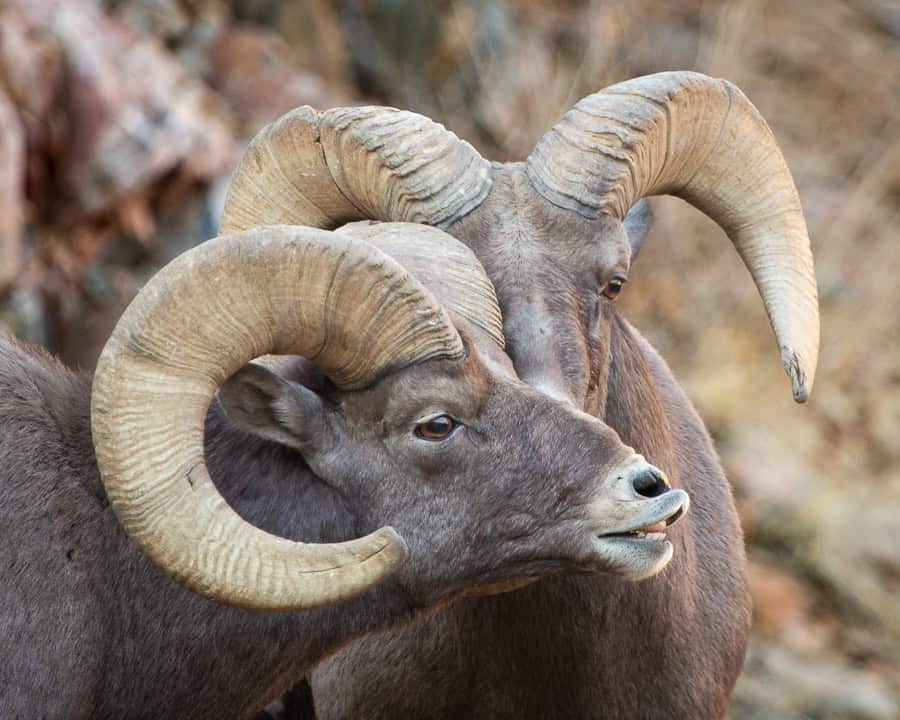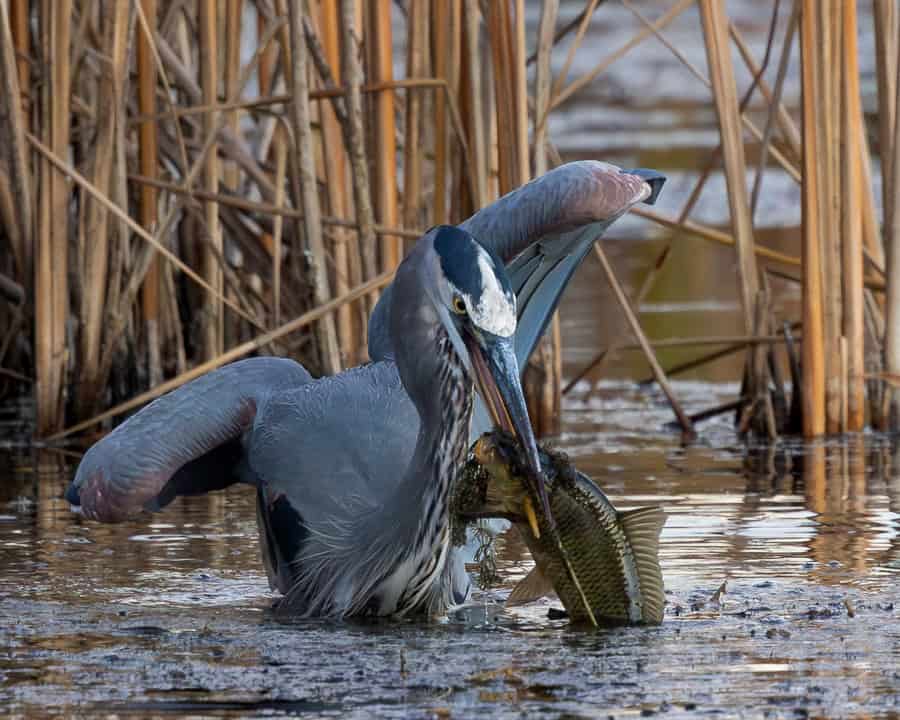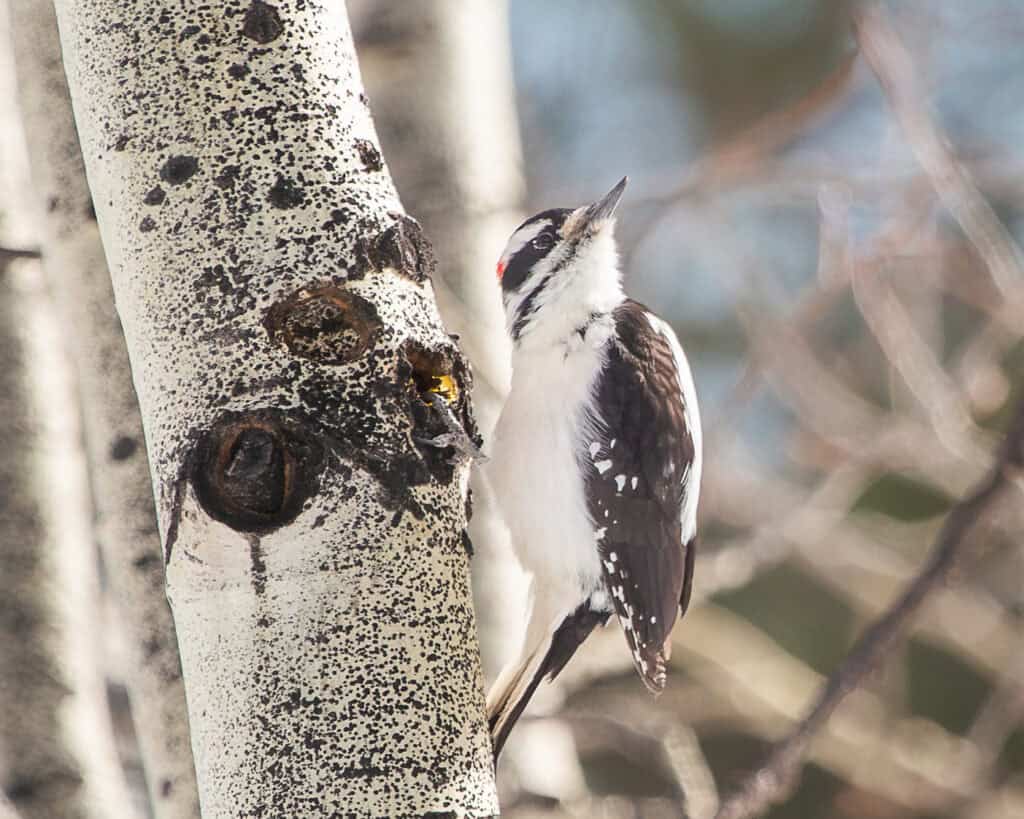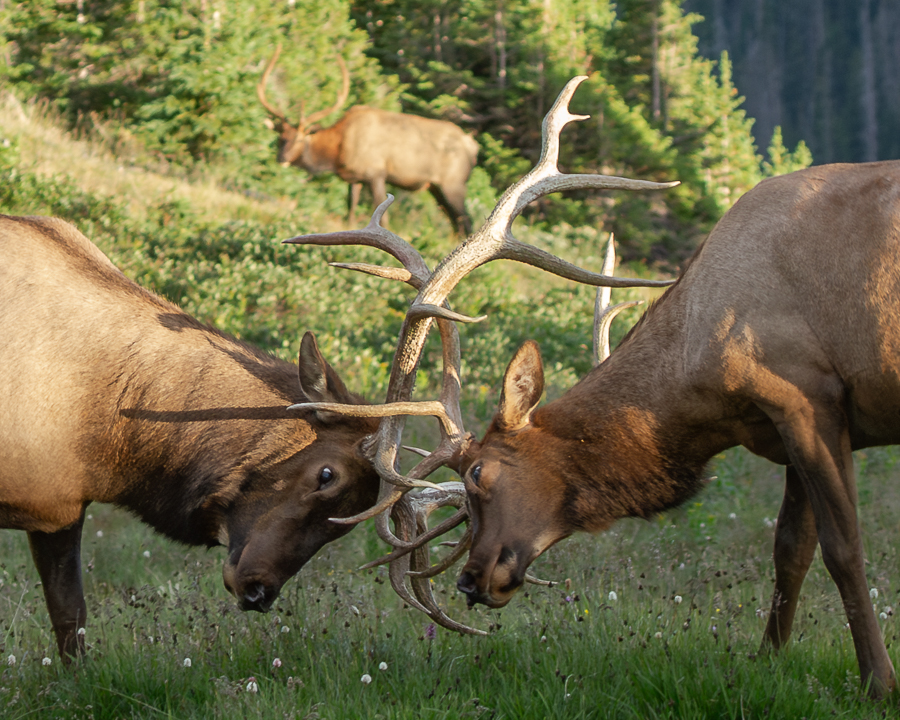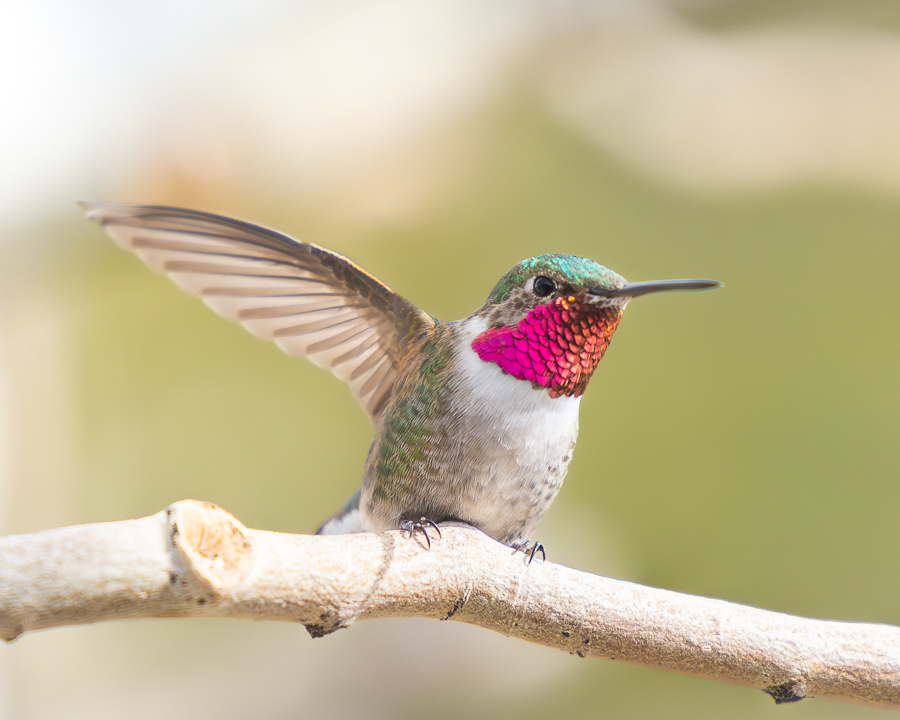We are deep in the midst of hummingbird season, and with the return of the rufous and the calliope to join our broad tailed and black chinned (and ruby throated if you are REALLY lucky) species, the air is abuzz with these tiny wonders dashing about the feeders and flowers. I though it would be fitting to throw out a handful of fun facts this week about these amazing birds while they are in such abundance!
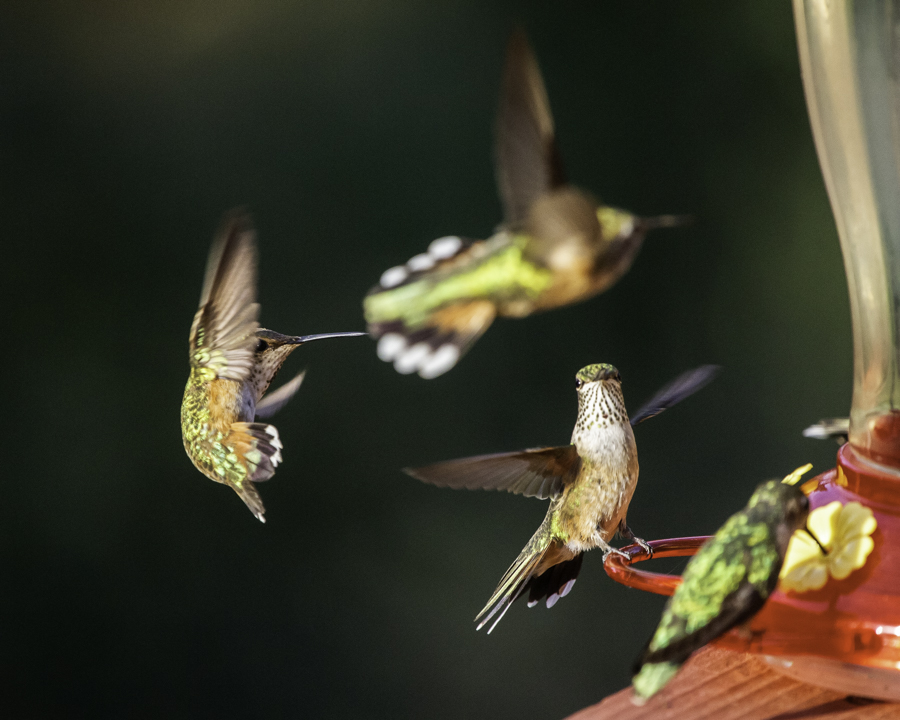
Broad tailed hummingbirds (our most common species) consume an average of .5 oz of nectar/sugar water per day. Using this figure, one can get a rough estimate on how many birds you might be feeding if you have a good idea of how much sugar water is being consumed in a day. When I learned this number, I was shocked to discover I was feeding well over 450 birds per day at my personal best season a few years ago.
Rufous hummingbirds are the longest traveling migratory birds in North America, covering over 4000 miles in one direction from Central America all the way deep into their Alaskan breeding grounds. Calliopes are a close second (and the smallest long distance migratory bird in the world), going as far as British Columbia and southern Alaska.
Hummingbirds remember their food sources, and will commonly migrate back to very specific locations including their own birth nest site. At my former home of 15 years, I had the pleasure of getting to know a handful of my regulars over the course of so long of a time span (I hope the new folks love them as much as I did, because they sure have a lot of them now!)
Hummingbirds not only consume lots of flower and feeder nectar, but they also consume insects. With their incredible agility, they are quite adroit at picking bugs out of mid-air (including mosquitos!) and consuming them in flight. Females also ingest ash/charcoal when they are expecting an egg for a calcium boost to help strengthen the shell and replenish their own nutrients.
Hummingbirds are the only bird that can fly backwards. They can also reach a cruising speed of close to 40mph, with courtship dives reaching up to 60mph. Not too far of a stretch considering they are a bird that can beat their wings up to 50 times per second!
Hummingbirds have a stunning level of metabolism that requires levels of sugar that would likely kill many other animals. Their seemingly constant flight and speed requires that they feed every 15 minutes on average, providing them a metabolic rate that averages as much as 10x that of a tip-top-shape human Olympic athelete. They also have the ability to drop this rate dramatically low when they go into torpor (temporary hibernation) in cold temperatures, going from the highest metabolic rate while hovering to one of the lowest of any bird in the world.
Quite amazing to have such a stunning little powerhouse of nature buzzing about us every summer!
Originally published in The Mountain-Ear


